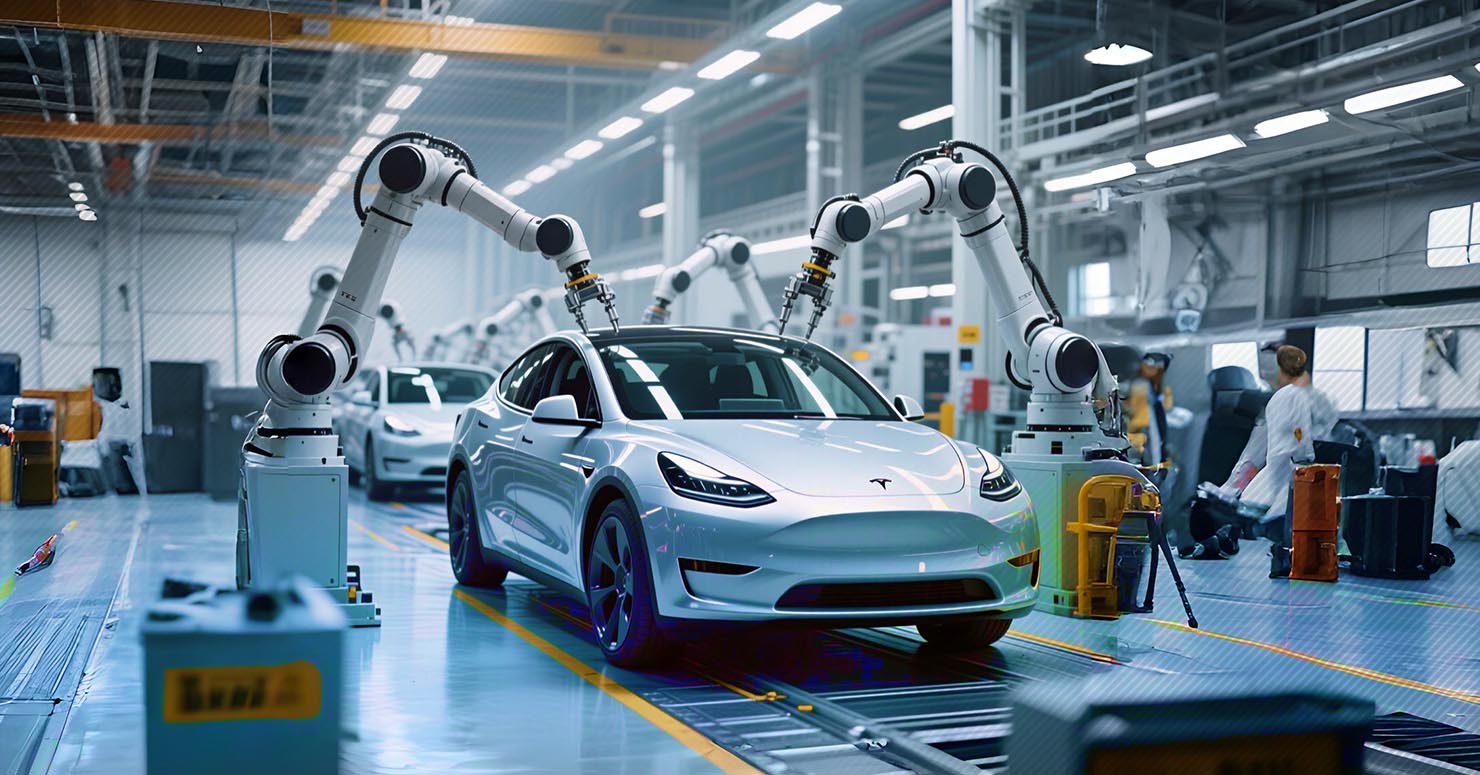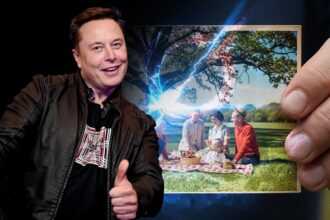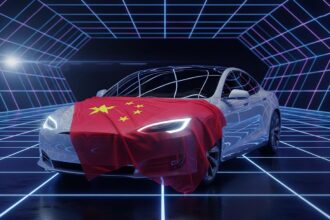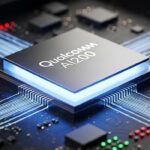During the global semiconductor crisis that brought the world’s largest automakers to their knees, one company didn’t just survive it thrived. While giants like Ford and GM were shutting down factories and letting thousands of unfinished vehicles pile up in lots, Tesla was shipping a record number of cars. This has led to one of the biggest questions in the modern auto industry: how Tesla survived the chip shortage when its much larger, more experienced rivals could not? The answer lies in a combination of foresight, vertical integration, and a software-first philosophy that the rest of the industry is now desperately trying to copy.
The chip shortage was a perfect storm that exposed the weaknesses of the traditional “just-in-time” automotive supply chain. When automakers canceled their chip orders at the start of the pandemic, chipmakers reallocated their production to the booming consumer electronics market. By the time car demand rebounded, it was too late. But Tesla, a company born in Silicon Valley, not Detroit, played by a different set of rules.
This is the inside story of the key strategies that allowed Tesla to turn a global crisis into a competitive advantage, proving that in the modern era, a car company must also be a technology company.
The Ultimate Advantage: Writing Their Own Software
The single biggest reason Tesla weathered the storm was its mastery of software. Traditional automakers are largely integrators. They buy components like infotainment systems or engine control units (ECUs) from dozens of different suppliers (like Bosch or Continental), each with its own pre-loaded software. When a specific chip for one of these components became unavailable, the entire part was useless.
Tesla, on the other hand, designs most of its electronic architecture and writes its own software in-house. This gave them an almost unbelievable level of flexibility.
According to reports, when a specific, crucial microcontroller became unavailable, Tesla’s engineers were able to find an alternative chip from a different supplier and then rewrite the vehicle’s firmware in a matter of weeks to make the new chip work. For a traditional automaker, this process would have taken many months, if it was even possible at all. This software agility was their secret weapon, a clear example of the company’s DNA, shaped by Elon Musk’s first-principles approach to problem-solving.
Going Straight to the Source: Bypassing the Middlemen
The traditional automotive supply chain has multiple tiers. An automaker like Ford deals with a “Tier 1” supplier (like Bosch), who in turn deals with a “Tier 2” supplier, who buys the actual chips from a foundry like TSMC. This creates long, opaque chains where the automaker has no direct relationship with the chipmaker.
Tesla broke this model. They established direct relationships with semiconductor companies. This allowed them to have better visibility into the supply chain and, in some cases, even pay upfront to secure their supply when others were left waiting. By cutting out the middlemen, Tesla had more control and better information, which was invaluable during the crisis. This mirrors the direct-to-consumer sales model that has been a hallmark of their business strategy.
The Power of Vertical Integration
Beyond software and direct sourcing, Tesla’s high degree of vertical integration was a key factor. Unlike other companies that outsource the production of many parts, Tesla builds an incredible amount of its vehicles in-house at its Giga factories. This includes everything from batteries and electric motors to seats and the computer hardware itself.
This control over their own manufacturing stack means they are less dependent on a complex web of external suppliers. When a disruption occurs, it’s easier to pivot and re-engineer a solution internally than it is to coordinate changes across dozens of independent companies. This strategy, while capital-intensive, provided the resilience that the hyper-optimized but brittle “just-in-time” model lacked. While the chip shortage was a global problem, Tesla’s internal capabilities provided a powerful buffer, a lesson that has not been lost on the rest of the Auto Tech industry.












